|
Centering of clay on the wheel is one of the most crucial parts of wheel throwing. This is the time to get the clay particles in the right place and to build on to the wedged clay process. If the clay is not centered correctly, then the pulling-up of the walls becomes a nightmare.
There are some potters who do not know that you can set the wheel to spin clockwise or anti-clockwise. Right handed potters should let the wheel spin anti-clockwise and left-handed throwers should switch the direction of the wheel head to a clockwise motion. Throwing on the wheel is easier if you use technique instead of force. It is easier to get your arm locked on your upper leg and let you leg do the pushing and steadying instead of just your arms. This is a video clip from the Understanding Porcelain e-course by Antoinette Badenhorst. TeachinArt brings ceramic workshops into the studio of potters around the world, and is the bridge between college students and hobby potters.
Other interesting links on our online school website:
Tags:
#centeringclay #wheelthrowing #potterytips #teachinart #wheelpottery #clayshares #ceramicschool #virtualclass
2 Comments
Nan RothwellNan Rothwell is a professional, functional potter from North Carolina who have 40+ years ceramics experience. She is the online instructor for the take your wheel throwing to the next level e-course at TeachinArt. She shares tips and techniques in her online class with potters and shows them how to move into advanced throwing with ease.
When you attach a handle to a mug, teapot, jug or any other clay wall, cracking of the handle is one of the big problems. When you add wet clay to a dry pot, the chances are very good for cracking at the handle. There are several reasons why handles crack loose from a mug, but this tip from Nan Rothwell may help you prevent some of your cracking reasons in the future.
Other links:
Learn pottery online (E-courses) See our other demonstrations, tips & techniques Preview e-courses
Tags:
#pottery tips #claymugs #ceramicschool #clayshares #teachinArt #makingmugs #teachingpottery
Antoinette Badenhorst explains how to do the bulls head wedging technique in her online workshop Understanding Porcelain. This is a video clip from her six weeks online class. It all starts with preparing the clay before your start with any wheel throwing or handbuilding projects.
Wedging clay is a hot topic to discuss among potters. Some believe that spiral wedging is the best way for preparing the clay, while others will not even think about moving away from the bull's head or ram's head wedging technique. Some ceramic artists even differ about the spelling of the wedging technique - is it bullshead, or maybe bull's head or even just bulls head - and the same argument is used for the ramshead method. Then we also have other techniques like slam wedging and there may be more, but we will discuss that later.
Some ceramic scholars learn that a chunk or block of clay is cut into two pieces with the shape of a wedge. The top one is lifted from the lower one, turned over and slammed onto the wedge that remained on the wedging table. This process is repeated until there are no more air pockets in the clay. The wedging process helps to get the clay uniform in plasticity, texture and color. Roughly 20 wedging's or kneading is enough to prepare the clay.
Other links:
How to do spiral wedging (David Voorhees) How to center clay on the pottery wheel (Antoinette Badenhorst) Demonstrations, tips & techniques E-course (online workshops)
Tags:
#claywedging #wedgingclay #wedgeclay #potterytips #teachinart
When is the right time to use blunt tools and when should you use sharp trimming tools? How dry should the pot be before you can start with the trimming? When is the best time in the drying stage to start with the trimming process? Is there a right and wrong way for trimming on the wheel? Which is the best trimming tool? How to trim a foot rim? How to trim porcelain?
All of these are valid questions by potters and these problems are all addressed in the online workshops at TeachinArt, the online art school where potters can see close-up demonstrations of each process and can learn the best techniques in the comfort of their own place and own time.
Links:
E-courses (online workshops) Demonstrations, tips & techniques Preview E-courses Our Art Instructors
Tags:
#trimmingclay #wheeltrimming #trimmingtools #trimmingclay #teachinart #trimmingtips #potterytools
Pinching clay is one of the underestimated techniques among potters. Many believe that pinching is just for beginners, but if you master pinching skills, then you can use this even when you are working on the potters wheel.
There are challenges with pinching and sometimes a pinch pot gets completely out of control. This video shows an easy way of how to do in-pinching to get the pinch pot back under your control. With pinching, you can develop "eyeballs on your fingers", as Antoinette always tells her students. Clay pinching skills will help you to judge the thickness of a wall or a bottom on a pot - helping you with trimming. Antoinette Badenhorst presents an online workshop where she teaches potters how to pinch a complete functional teapot with clay (Pinching teapots for Beginners).
Tags:
#Antoinetteporcelain #teachinart #pinchingclay #pinchingpottery #pinchingbowls #potteryclasses #potteryworkshops #teachingartist #Mississippiartist #handbuildpottery #ceramicschool #learnpottery #teachingceramics
Tags:
#sculptingclay #translucentporcelain #ceramicschool #porcelainsculptures #claysculptures #potterytips #teachinart Catto Center at Toklat in the Rocky mountains
Links:
E-courses (online workshops) at TeachinArt Demonstrations (Tips shared by teachers of TeachinArt) Preview e-courses (take a quick peek into our online workshops) Art Instructors (Meet our online art instructors)
Tags:
#weaving #coloringwool #naturalcoloring #aspen #coloradoartists #Rockymountains #cattocenter #ACES
Tags:
#woodfiring #naturalfiring #teachingpottery #learnpottery #nortcarolinapotters
Antoinette Badenhorst and David Voorhees, both professional potters and teachers at TeachinArt show how to make plaster wheel bats for the pottery wheel. This demonstration was presented during the recording of David's e-course Porcelain Tips For Wheel Pottery at the studio of Antoinette in Saltillo Mississippi.
Mima Boskov from South Africa plaster bats
Mima Boskov is a South African potter who completed the Understanding Porcelain e-course of Antoinette Badenhorst at Teachinart.
She learned in the online workshop how to make a plaster bat for her pottery wheel and then she decided to create her own version of the plaster bat. That is why TeachinArt is a platform for Artists who teach Artists. Mima is a typical example of one of the success stories of online teaching. Here is Mima's explanation in her own words. I took up pottery a few years ago, in an attempt to discover my Creative Self, liberate the Inner Child, find the Artist Within - ah, you've heard it all before: mid-life crisis and how to solve it... I've been wedging, throwing, despairing, buying books, Googling and reading articles with genuine passion ever since. I'm still waiting for the Artist, but I've revealed a determined Artisan Within, and sure have hatched an Inner Gyro Gearloose (for the younger among us, that's the whacky inventor from Donald Duck cartoons). The hatchling grew out of my frustration with relatively poor choice of pottery tools in South Africa: no Mudtools, no Griffin Grip, no Strongarm centering tool, no plaster bat mold systems... So many tempting goodies that one can glimpse on internet pages, but can't source locally. Ordering online involves shipping and import duties, and the price becomes extravagant. There is an Afrikaans saying in my country: "'n Boer maak 'n plan". It literally means "the farmer makes a plan", but is used when lateral thinking helps one find a novel and ingenious way of surmounting an obstacle. I realized that being the Boer with 'n plan and making my own pottery tools gives me almost as much pleasure and sense of achievement as making pots. We needed plaster bats for the Understanding Porcelain course. I had been trying to develop a plaster bat system for my wheel for a while, and a detail from Antoinette's drawing made everything click together.
Mima Boskov is a South African potter who completed the Understanding Porcelain e-course of Antoinette Badenhorst at Teachinart.
She learned in the online workshop how to make a plaster bat for her pottery wheel and then she decided to create her own version of the plaster bat. That is why TeachinArt is a platform for Artists who teach Artists. Mima is a typical example of one of the success stories of online teaching. Here is Mima's explanation in her own words. I took up pottery a few years ago, in an attempt to discover my Creative Self, liberate the Inner Child, find the Artist Within - ah, you've heard it all before: mid-life crisis and how to solve it... I've been wedging, throwing, despairing, buying books, Googling and reading articles with genuine passion ever since. I'm still waiting for the Artist, but I've revealed a determined Artisan Within, and sure have hatched an Inner Gyro Gearloose (for the younger among us, that's the whacky inventor from Donald Duck cartoons). The hatchling grew out of my frustration with relatively poor choice of pottery tools in South Africa: no Mudtools, no Griffin Grip, no Strongarm centering tool, no plaster bat mold systems... So many tempting goodies that one can glimpse on internet pages, but can't source locally. Ordering online involves shipping and import duties, and the price becomes extravagant. There is an Afrikaans saying in my country: 'n Boer maak 'n plan. It literally means "the farmer makes a plan", but is used when lateral thinking helps one find a novel and ingenious way of surmounting an obstacle. I realized that being the Boer with 'n plan and making my own pottery tools gives me almost as much pleasure and sense of achievement as making pots. We needed plaster bats for the Understanding Porcelain course. I had been trying to develop a plaster bat system for my wheel for a while, and a detail from Antoinette's drawing made everything click together.
In another half hour, plaster can be taken off the plastic bat, using a thin spatula. After removing the dowels, the rubber grommets stay safely embedded in the underside of the bat, so the whole thing can be attached to the wheel head pins, and reused many times without damaging the plaster. A thin rubber mat on the wheel head helps secure the bat
Tags:
#potterywheel #wheelthrowing #wheelbats #teachinart #teachingpottery #ceramicschool #teachingpottery
Bob Rundquist is a woodworking artist from Saltillo in Mississippi who presents an online workshop (Introduction to segmenting) where he demonstrates how to do closed segmenting. This segmenting class is for beginners, but seasoned woodworkers may get several handy tips from this virtual class.
Tags:
#cuttingwood #woodsegments #segmenting #woodworkers #woodworking #woodworkingtips #safecutting
Antoinette Badenhorst explains with kitchen ingredients what happens in the pottery kiln with the ceramic glazes that potters use on their ceramic items. Colors that you normally see on the pot before it is fired is not necessarily the color that you will see when the pot is fired.
Links:
Demonstrations, tips & techniques for ceramic artists E-courses at TeachinArt Glazing made easy e-course with Antoinette Shino glazing with Connie Christensen Our Art Instructors
Tags:
#potteryglazes #ceramicglazes #glazingpottery #understandglazes #ceramicschool #teachinArt
One of TeachinArt online teachers, Antoinette Badenhorst presented a hands-on workshop at the Pottery Studio in Bryanston South Africa where she demonstrated the carving and altering process of porcelain.
She calls porcelain the "Diva of clay" and tells her students that they have to understand the character of the clay to really push it to it's limits.
Links:
Understanding porcelain e-course with Antoinette Badenhorst Porcelain handbuilding online workshop with Antoinette Badenhorst E-courses (online classes) at TeachinArt Demonstrations, tips and techniques Preview e-courses
Tags:
#teachinart #wheelthrowing #teachingartist #carvingporcelain #alteringporcelain #porcelainplatter #divaofclay #ceramicschool #clayshares |
AuthorTeachinArt is an online art school with professional artists as instructors who educate, enridge and promote art. Categories
All
|
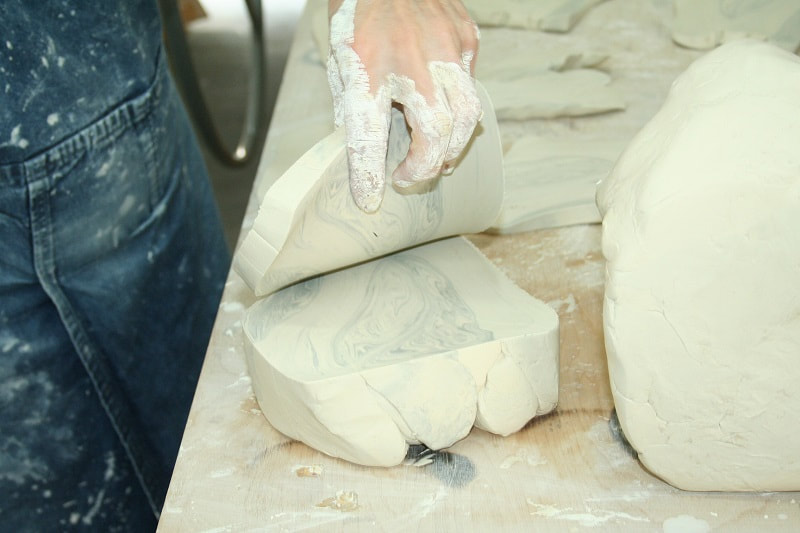
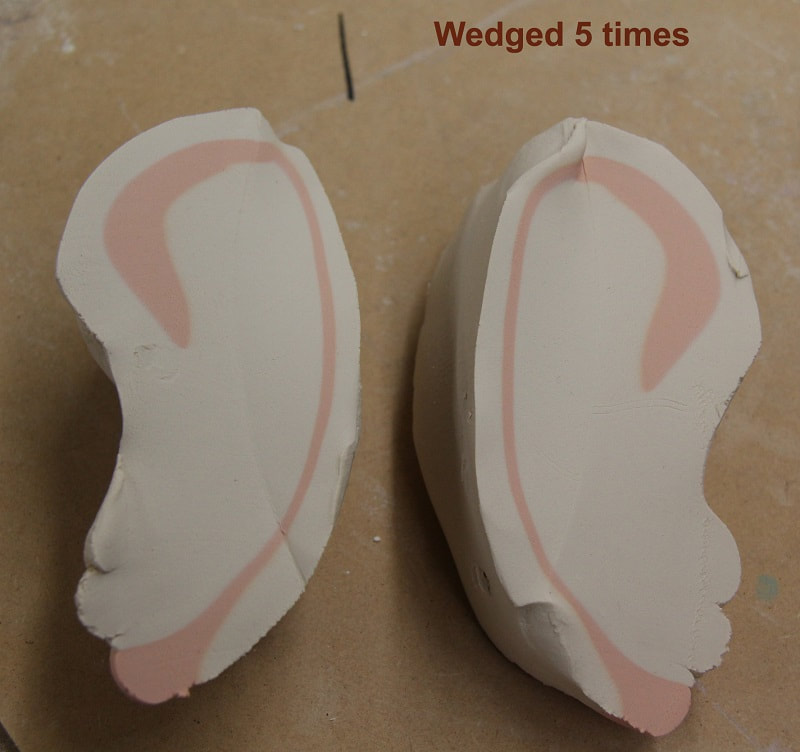
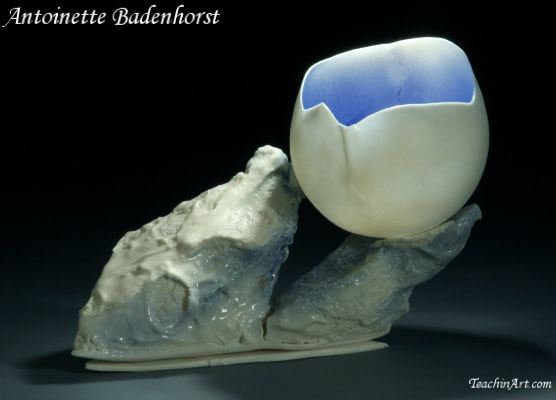
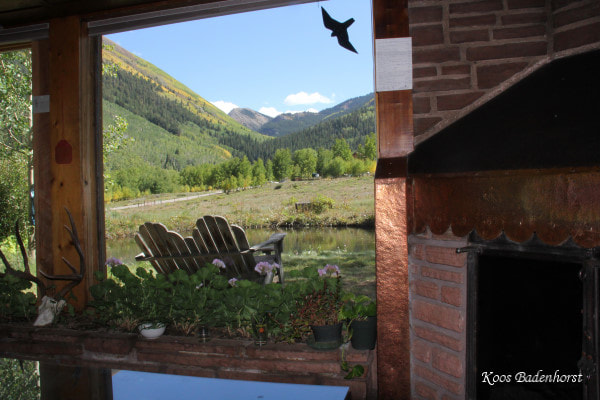
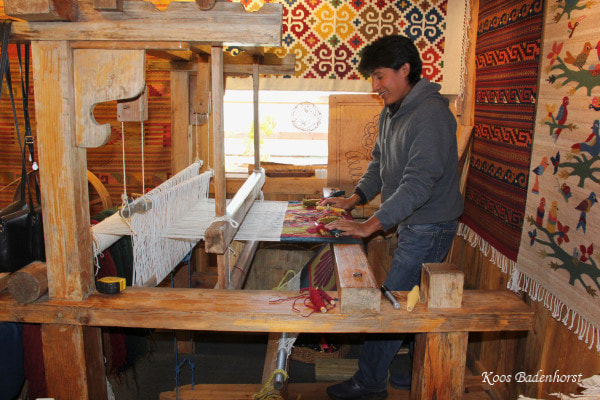
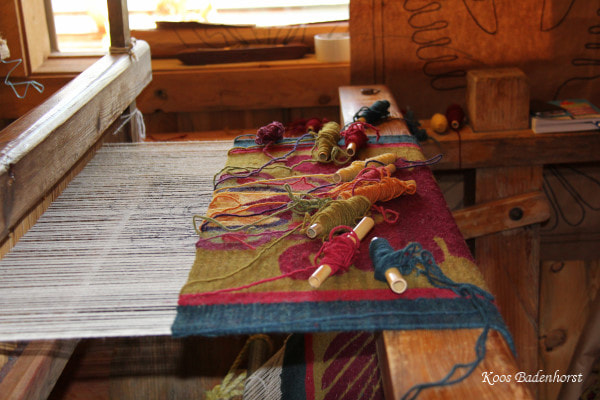
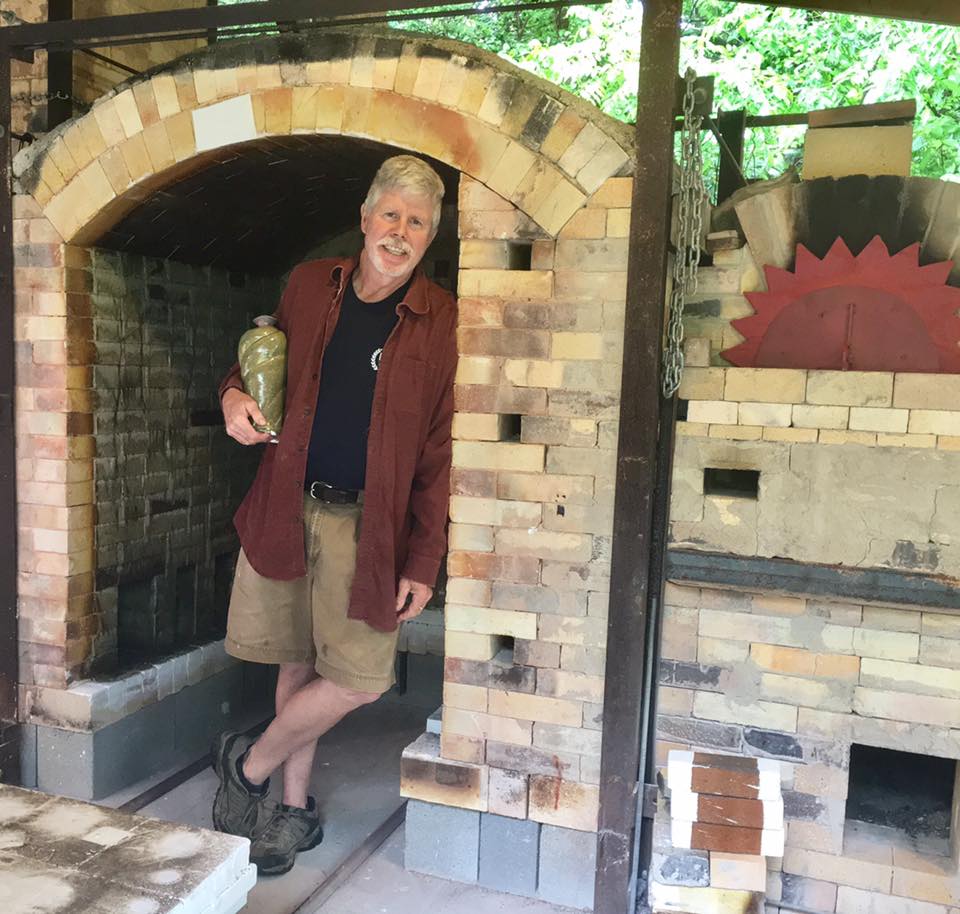


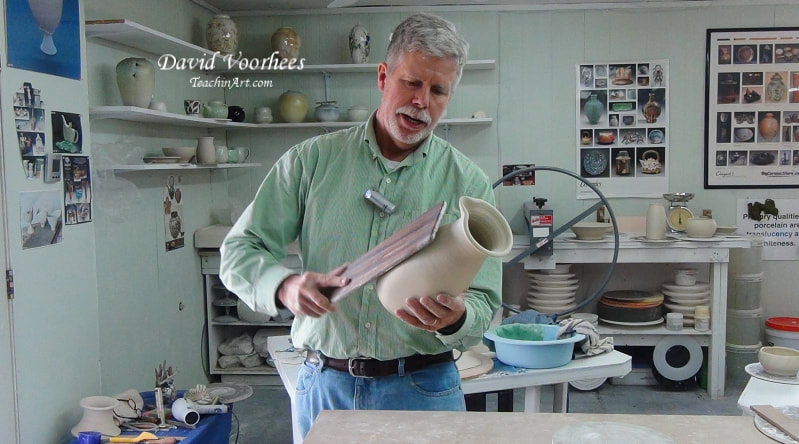

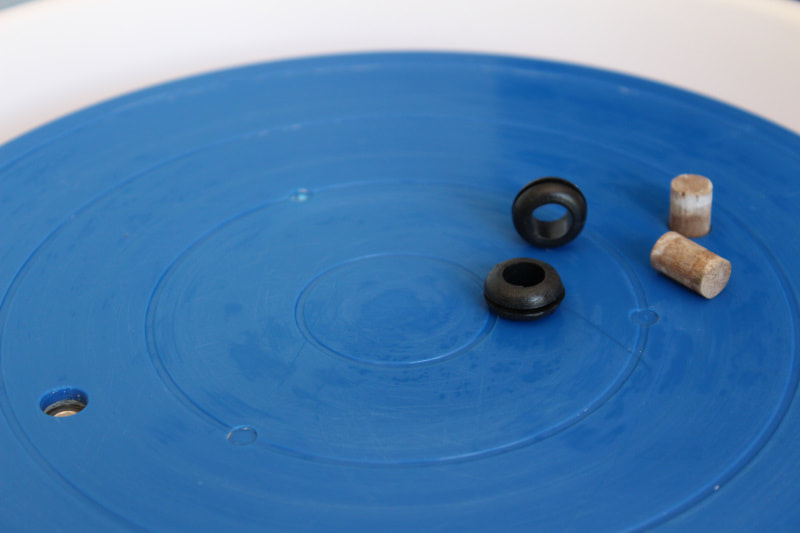

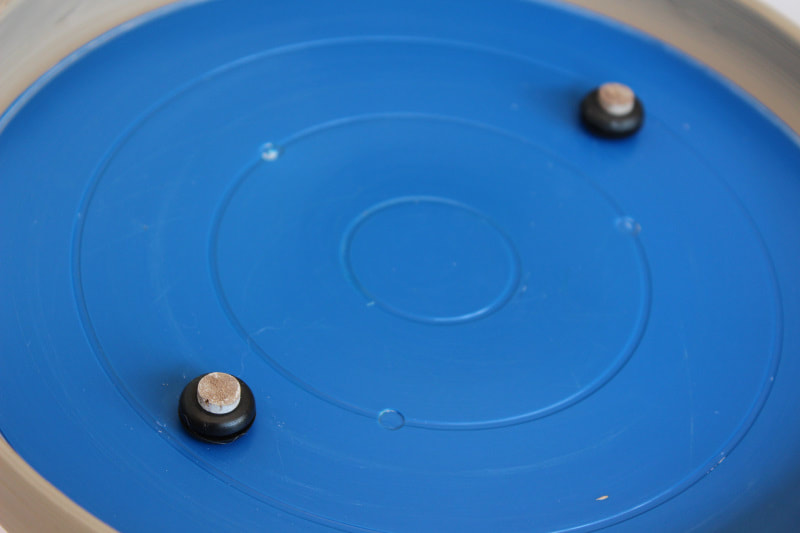


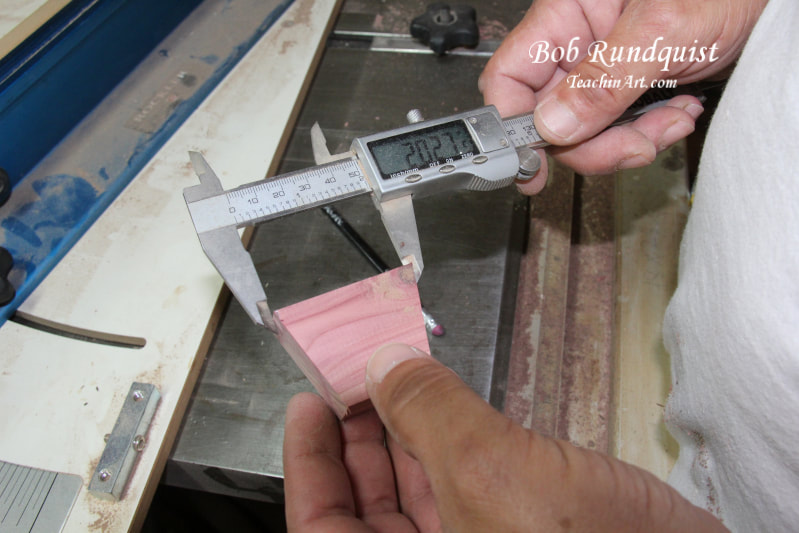
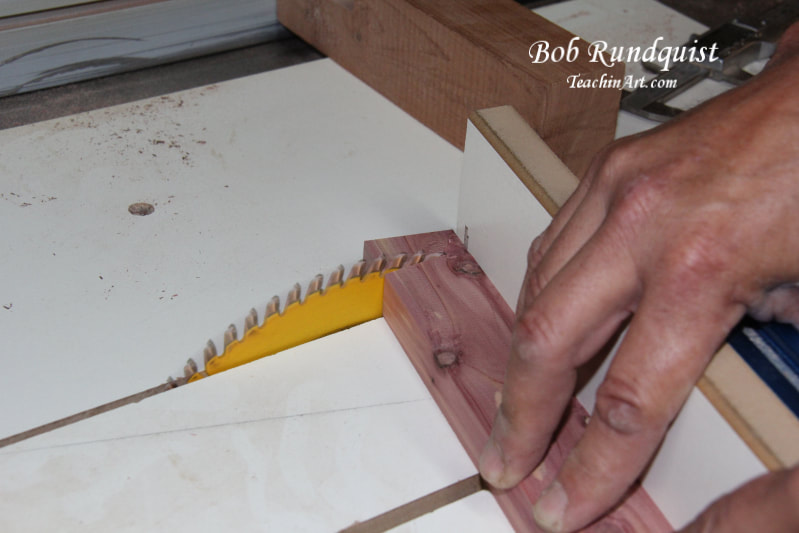
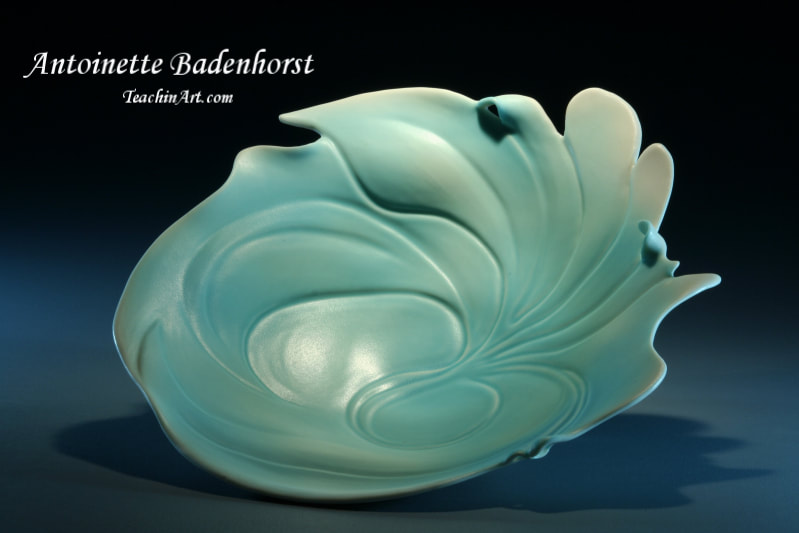
 RSS Feed
RSS Feed